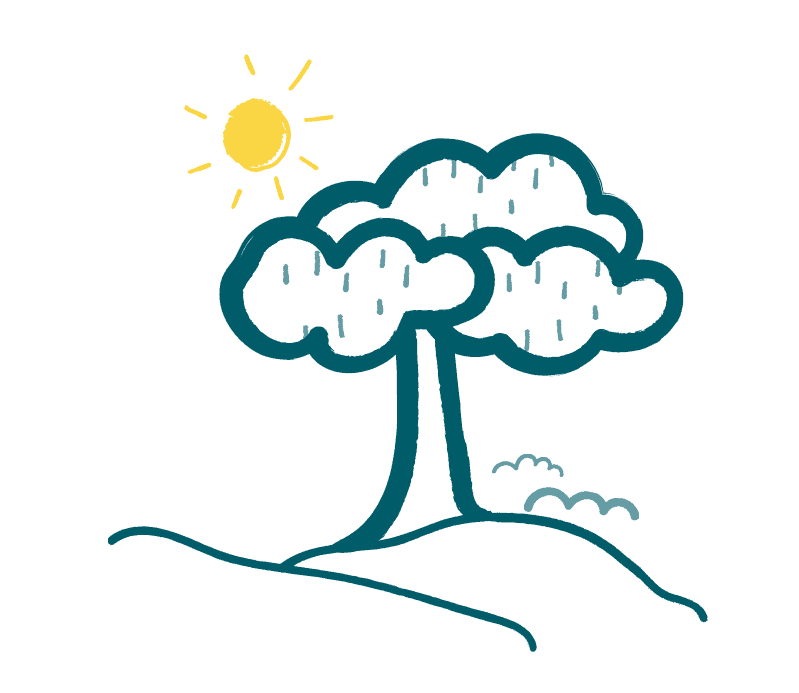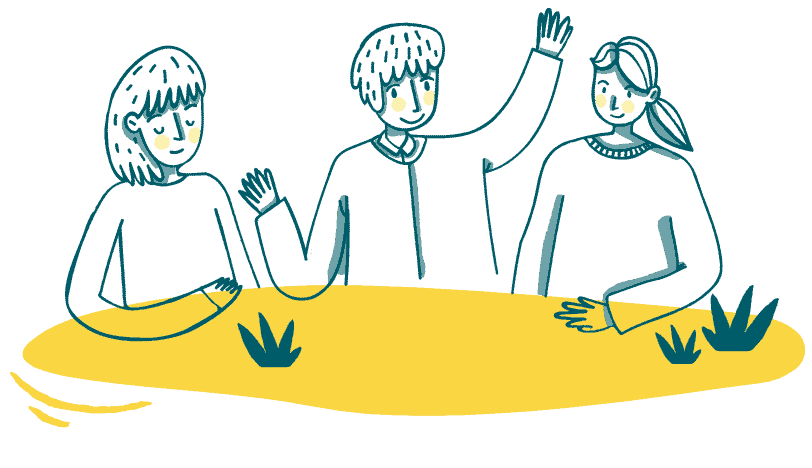Once a Hindu dies, their family goes through 13 days of mourning. This period involves several rituals which differ from one community to another. It generally starts with the Antyesti rites and ends with the Pind Sammelan.
Antyesti
The Antyesti rites emphasise untethering the soul from the purposeless physical form. It’s in Hindu belief that the soul is an immortal element that reincarnates in a different form during its quest to find its true nature and grow closer to Brahma, the Hindu God.
This ritual involves several rites, including mantras and chants by an overseer and preparation of the body for cremation. The body is washed with ghee, milk, or honey and dressed in a white or red sheet. Then, it’s appropriately positioned and doused with essential oils. Afterwards, the body is cremated, and the ashes are collected.
The rites performed can vary slightly depending on the region, gender, and age of the deceased.
Niravapanjali
The family collects the ashes and scatters them into sacred water, like the holy river, Ganges, for example, within the next two days. In this ritual, the deceased’s soul is blessed so that it may ascend to heaven.
Tarpana
In some families, the closest relatives acknowledge the debts owed to the deities and perform a ritual. They make a sacred offering so the soul may enter Svarga, the celestial abode of devas.
Rasam Pagri
On the 4th day after death, the family has to appoint a new successor—the eldest surviving male. They coronate him in front of the extended family with a turban to upkeep the family’s honour.
Ceremonial Shaving
On the 9th day, male members shave their hair and eyebrows to demonstrate a total submission to the Gods. It’s a symbolic act that expresses their humbleness and lack of vanity and stands to give the deceased further happiness and luck in their next incarnation.
Shraddha
The Shraddha ceremony takes place after the 11th day of death. The goal of this ceremony is to pray for and pay respects to the ancestors and parents and thank them for helping the bereaved become what they are.
Pind Sammelan
Performed on the final day of mourning, the goal of this ritual is to turn the deceased’s soul from an evil spirit to a good one so that it can be included with the ancestors and God.




